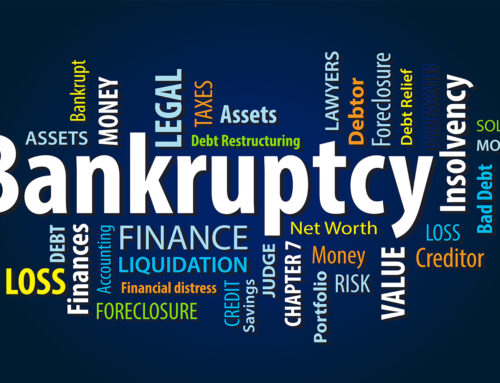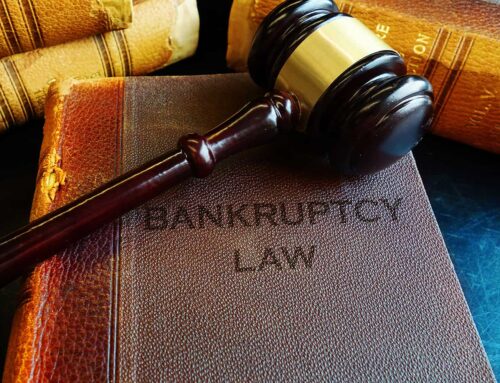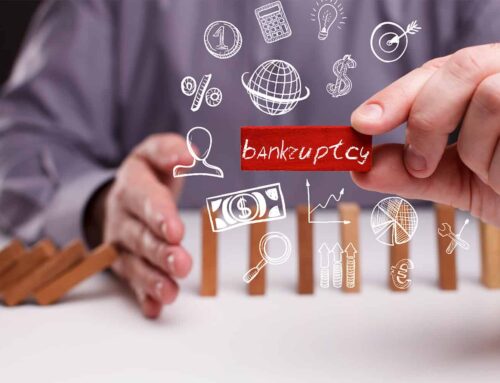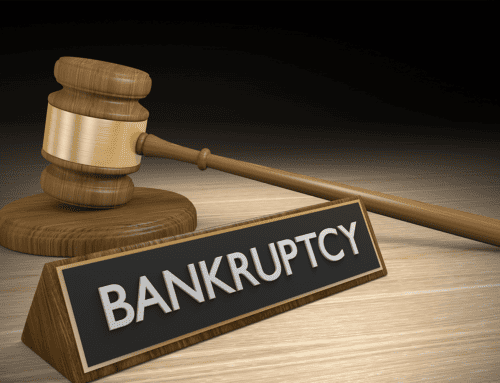Have you ever wondered why people talk about credit when they actually refer to debt? Your credit score is partially a measure of your demonstrated debt repayment. When it comes to debt, there are two main categories: secured and unsecured. This article explains the difference between the two.
The Basics
The main factor that differentiates between secured versus unsecured debt is whether or not collateral exists. Collateral helps to back, or justify, the debt in terms of a lender’s level of risk comfort in loaning you money. To back the debt means that the collateral is used as security, meaning the creditor has the right to secure the collateral in the event of the borrower’s default.
Secured Debt Includes Collateral
Collateral is always present with secured debt. The collateral may be the specific item that is financed or borrowed against. Collateral could also include an asset (item of value) that the borrower identifies (and the lender approves) as minimizing the risk of loss to the lender in the event of default. Lenders have the right to pursue, collect, and use the collateral in the event of default to pay back some or all of the remaining balance owed.
Typically, high dollar purchases, such as houses and automobiles, must be financed. In this case, the lender uses the item being financed as the actual collateral. What this means is that if you quit making your car payment, the auto lender can repossess the car. Once repossessed, they subtract the value of the vehicle from your loan balance. If the value meets or exceeds the loan balance, you will not owe any more money. If, however, the value is less than the amount owed on the laon, that leaves what is called a deficiency balance, and the borrower is responsible to repay that amount.
In the case of a house, the same applies. The process of foreclosing and repossessing a house is a much longer one than with an automobile. In either case, though, the lender maintains an equity (ownership) interest in the financed item until they are paid in full.
Less Risk for Secured Debt
Lenders employ people who assess risk when it comes to lending money to borrowers. These decision makers analyze several factors to determine whether to lend money and at what interest rate. One of the factors they look at is the value of the item being financed compared to the amount of the loan request. Lenders do not like to loan more money than what an item is worth, so they are inclined to agree to a loan if they know the collateral justifies the amount financed.
Unsecured Debt Has No Collateral
Unlike secured debt, unsecured debt has no collateral. Thus, there is no security backing the loan. It should be obvious that these types of loans carry more risk for the lender because they can’t repossess the financed item. Instead, they must pursue the borrower in court. Thus, they typically require a good credit history and higher interest rates than secured loans.
Unsecured bank loans are often referred to as signature loans because they are basically based on the premise that the signer agrees to pay in good faith. That being said, not just anyone qualifies for a signature loan. Only those who meet rigorous credit requirements qualify. Creditworthiness is determined by specific qualifiers, such as:
- Credit Score
- Demonstrated history of repayment
- Loan-to-debt ratio
- Balances to Credit Limits comparison
- Number of outstanding credit accounts/debt
- Debt-to-income ratio
In addition to bank loans, there are other types of unsecured debt. For instance, credit cards are one of the most common types of unsecured debt. Medical bills and some installment loan payments also fall under the same category.
Most unsecured debts will be discharged in a Chapter 7 bankruptcy.
Credit and Debt
Due to the high cost of necessary goods, such as a vehicle and shelter, most people have to finance these big ticket items. Moreover, a good credit score is socially celebrated. However, just because you are eligible to obtain credit in a variety of ways doesn’t mean you should. Read the Law Offices of Brent D. George’s blog about bankruptcy to learn more about what can happen when you overextend.

